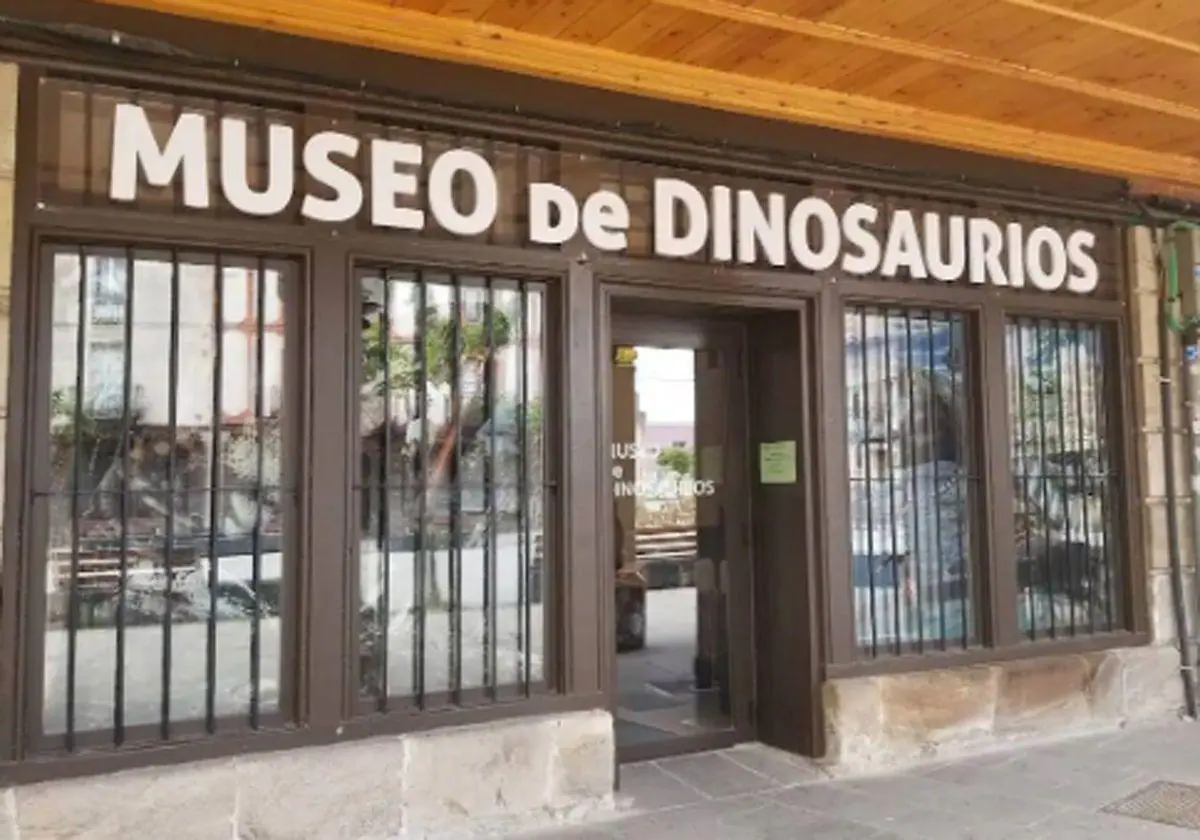The heliospheric imager of the Solar orbiter (SoloHI) captured an animated sequence of images from December 17-19 showing the kite leonard diagonally across your field of view, with the Milky Way as a stunning backdrop.
In the images, shared by the European Space Agency (ESA) and the Pot, Venus and Mercury are also visible in the upper right, the former appears brighter and moves from left to right.
(It may interest you: This is how the James Webb telescope will go after the light of the first galaxies)
The comet is currently on its inward journey around the Sun with its tail streaked back. When SoloHI recorded these images, the comet was roughly between the Sun and the spacecraft, with its tails of gas and dust pointing toward the spacecraft. Towards the end of the image sequence, the view of both tails improves as the angle of view at which the comet is viewed increases, and SoloHI gets a side view.
A faint coronal mass ejection front can also be seen moving from the right side of the frame in the last second of the film.
Ground-based telescopes and other spacecraft have also been following the comet as it travels through the Solar System and providing images, including NASA’s Solar Terrestrial Relations Observatory-A spacecraft.
(Also: Dart: the planetary defense space mission already sends images)
Comet Leonard, formally known as C / 2021 A1 (Leonard), was discovered in January 2021 by Gregory Leonard, who saw it in images taken from the Mount Lemmon Observatory in Arizona. Its closest pass on January 3, 2022 will take it 90 million kilometers from the Sun, a little more than half the distance from Earth to the Sun. If it does not disintegrate, its trajectory will throw it into interstellar space, never to get back.
The Solar Orbiter launched on February 10, 2020 and is on a mission to provide the first views of the Sun’s unexplored polar regions, providing an unprecedented insight into how our parent star works.
The mission will investigate how intense radiation and energetic particles ejected from the Sun and carried by the solar wind through the solar system impact Earth, to better understand and predict periods of stormy “space weather”.
SCIENCE WRITING *
With information from ESA
Exoplanets: more than a hundred in our galaxy
La Tatacoa, with the best skies for astronomical observation





:quality(85)/cloudfront-us-east-1.images.arcpublishing.com/infobae/SWBSHHZKPRHB3MJN3NHPP7YB4M.jpeg)